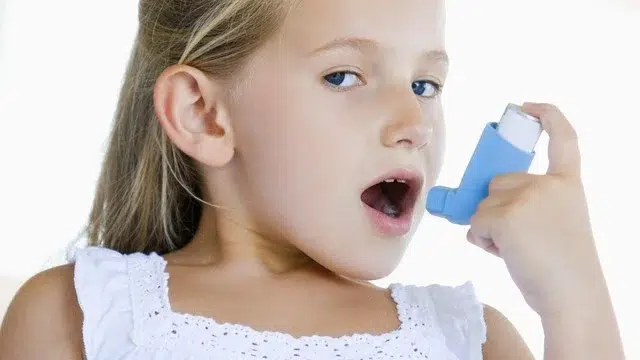Warning Signs of Severe Coughing Fit

Warning Signs of Severe Coughing Fit
Coming into the cold and flu season, and leading into ‘asthma’ season, now seems like a pertinent time to provide a refresher on the signs and symptoms to look out for when your child has persistent coughing.
Coughing can be caused by any number of things including excess saliva, allergies and hay fever, choking, colds and flu, asthma, whooping cough and pneumonia (amongst other things). Most of the time a mild coughing fit will pass on its own or could be relieved with a sip of water. But if your child’s cough is persistent and serious it may be cause for alarm.
The Boston Children’s Hospital confirms that the signs to look out for when your child is embroiled in a harsh coughing fit, are:
- Increased breathing rate – this could include large gasps for air which indicates your child is not getting enough oxygen;
- Colour changes – if your child’s mouth, or fingernails, begin to turn blue it also indicates lack of oxygen, as does an unnaturally grey, pale skin tone;
- Grunting on exhale – this is the body’s way of trying to maintain oxygen and air in the lungs;
- Nose flaring – Another sign that the body is trying to maintain oxygen;
- Retractions – when your child’s chest sinks in just below the neck or under the breastbone with each breath. Again this is a sign of the body trying to get extra air into the lungs;
- Sweating / clammy skin – The skin will feel cool and damp to the touch. This is as a result of the increased breathing rate;
- Wheezing – This will sound like a tight, whistling or melodic sound with each breath your child takes. This is caused by air trying to pass through the smaller or constricted passages in the chest or throat.
Each of these are signs of respiratory distress. If your child is suffering from these symptoms the first thing you should do is try to calm your child. Talk calmly to them and encourage them to focus on breathing. Remember: if you are alarmed it will cause your child to panic. Once calm enough, offer your child a sip of water. This often relieves the symptoms and at the very least offers them a slight distraction which should help them breathe easier.
Secondly, if your child is an asthmatic, remember the 4 x 4 x 4 method. That is, using a spacer, give 4 puffs of their Ventolin, asmol or airomir; wait 4 minutes; if the child is still struggling to breathe offer another 4 puffs. If they are still struggling call 000.
If your child has exhibited any of the signs of deprived oxygen, as listed above, or is tired and refusing to eat and drink after a coughing fit, we would recommend you seek medical advice as soon as possible.
For any further information on how to treat coughing fits see visit the Better Health Victoria website here.
References:
Boston Children’s Hospital (n.d.). Respiratory Distress in Children. [online]
National Asthma Council of Australia (n.d.). First Aid for Asthma. [online]

Would you like more information on KIDS dental care? Please complete this form and one of our friendly team will get in touch with you.



